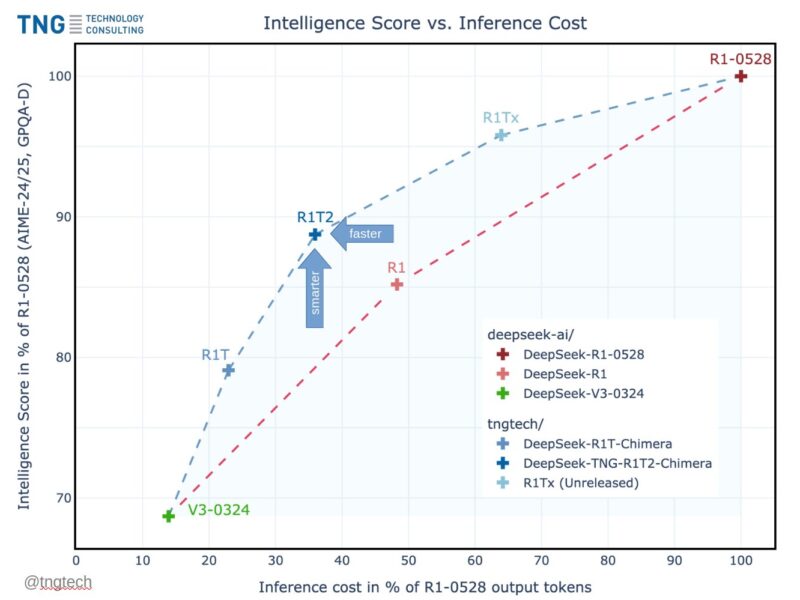What began as a ski holiday Instagram post ended in financial ruin for a French interior designer after scammers used AI to convince her she was in a relationship with Brad Pitt.
The 18-month scam targeted Anne, 53, who received an initial message from someone posing as Jane Etta Pitt, Brad’s mother, claiming her son “needed a woman like you.”
Not long after, Anne started talking to what she believed was the Hollywood star himself, complete with AI-generated photos and videos.
“We’re talking about Brad Pitt here and I was stunned,” Anne told French media. “At first, I thought it was fake, but I didn’t really understand what was happening to me.”
The relationship deepened over months of daily contact, with the fake Pitt sending poems, declarations of love, and eventually a marriage proposal.
“There are so few men who write to you like that,” Anne described. “I loved the man I was talking to. He knew how to talk to women and it was always very well put together.”
The scammers’ tactics proved so convincing that Anne eventually divorced her millionaire entrepreneur husband.
After building rapport, the scammers began extracting money with a modest request – €9,000 for supposed customs fees on luxury gifts. It escalated when the impersonator claimed to need cancer treatment while his accounts were frozen due to his divorce from Angelina Jolie.
A fabricated doctor’s message about Pitt’s condition prompted Anne to transfer €800,000 to a Turkish account.
“It cost me to do it, but I thought that I might be saving a man’s life,” she said. When her daughter recognized the scam, Anne refused to believe it: “You’ll see when he’s here in person then you’ll say sorry.”
Her illusions were shattered upon seeing news coverage of the real Brad Pitt with his partner Inés de Ramon in summer 2024.
Even then, the scammers tried to maintain control, sending fake news alerts dismissing these reports and claiming Pitt was actually dating an unnamed “very special person.” In a final roll of the dice, someone posing as an FBI agent extracted another €5,000 by offering to help her escape the scheme.
The aftermath proved devastating – three suicide attempts led to hospitalization for depression.
Anne opened up about her experience to French broadcaster TF1, but the interview was later removed after she faced intense cyber-bullying.
Now living with a friend after selling her furniture, she has filed criminal complaints and launched a crowdfunding campaign for legal help.
A tragic situation – though Anne is certainly not alone. Her story parallels a massive surge in AI-powered fraud worldwide.
Spanish authorities recently arrested five people who stole €325,000 from two women through similar Brad Pitt impersonations.
Speaking about AI fraud last year, McAfee’s Chief Technology Officer Steve Grobman explains why these scams succeed: “Cybercriminals are able to use generative AI for fake voices and deepfakes in ways that used to require a lot more sophistication.”
It’s not just people who are lined up in the scammers’ crosshairs, but businesses, too. In Hong Kong last year, fraudsters stole $25.6 million from a multinational company using AI-generated executive impersonators in video calls.
Superintendent Baron Chan Shun-ching described how “the worker was lured into a video conference that was said to have many participants. The realistic appearance of the individuals led the employee to execute 15 transactions to five local bank accounts.”
Would you be able to spot an AI scam?
Most people would fancy their chances of spotting an AI scam, but research says otherwise.
Studies show humans struggle to distinguish real faces from AI creations, and synthetic voices fool roughly a quarter of listeners. That evidence came from last year – AI voice image, voice, and video synthesis have evolved considerably since.
Synthesia, an AI video platform that generates realistic human avatars speaking multiple languages, now backed by Nvidia, just doubled its valuation to $2.1 billion. Video and voice synthesis platforms like Synthesia and Elevenlabs are among the tools that fraudsters use to launch deep fake scams.
Synthesia admits this themselves, recently demonstrating its commitment to preventing misuse through a rigorous public red team test, which showed how its compliance controls successfully block attempts to create non-consensual deepfakes or use avatars for harmful content like promoting suicide and gambling.
Whether or not such measures are effective at stopping misuse – clearly the jury is out.
As companies and individuals wrestle with compellingly real AI-generated media, the human cost – illustrated by Anne’s devastating experience – will probably rise.

